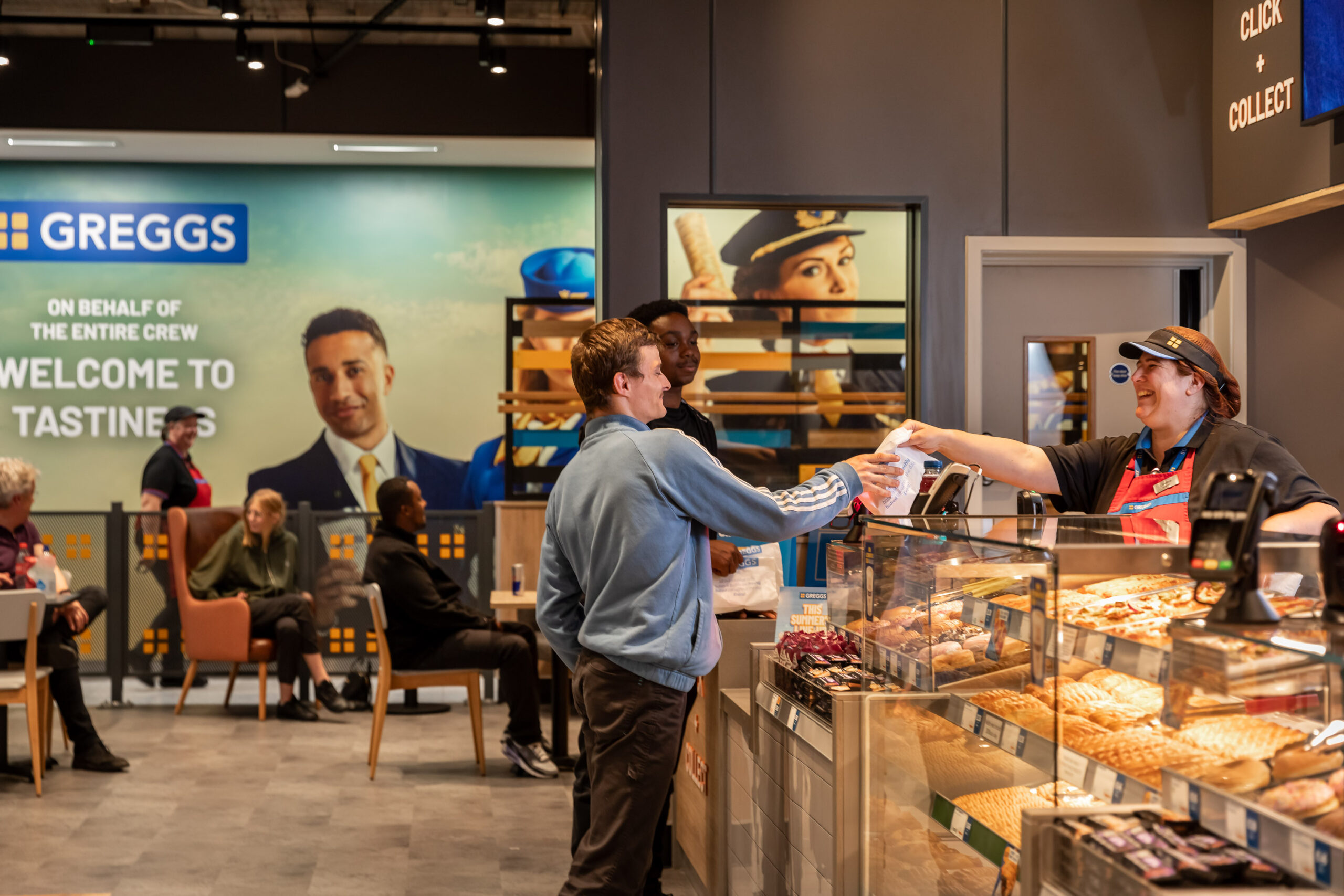Retailers have faced a tough time since 2008. Rising commodity prices and pressured consumer incomes have seen margins squeezed and reshaped the retail environment.
Even leviathans like Tesco have seen market share attacked by discount retailers at one end of the scale, and by premium brands introducing new ranges and driving down prices at the other. If brands like Tesco have found it hard then the pressure on smaller retailers and independents has been even greater, compounded by the on-going rise in demand for online shopping. Furthermore, consumers, governments and companies have seen very starkly that we are not insulated from the events in other parts of the world, everything is interconnected.
With our global tastes and expectations of year round consumption of products, regardless of season, these challenges are particularly acute for those working in retail. While global commodity prices and recession may put negative pressure on retailers‘ margins, there are steps they can take to redress the balance, and one such is to take a far more strategic view of currency trading and hedging.
Global currencies have fluctuated significantly in the past 12 months, driven by on-going economic instability and concerns about when the US will end its Quantitative Easing programme, and this uncertainty is far from over.
In my experience, there is often a lack of understanding about the extent of currency risk faced by retailers. For retailers and food and drink importers reliant on bringing goods and raw materials into the UK, currency fluctuations have a significant impact on their ability to set prices and safeguard profit margins.
As retailers and suppliers look to set pricing for their products that last for entire seasons or are competitive against discounting, they face the real threat that narrow profit margins will be eroded further by currency fluctuations for the products they pay to import, or that they will have to pass price rises onto consumers who are already suffering from squeezed incomes and rising living costs.
However, there are also opportunities, and with the right strategy, foreign currency transactions can be far more than an administrative burden – they can act as a profit accelerator. For example, getting specialist currency advice can enable retailers to buy frequently used overseas currency when GBP is at its strongest, and hedge against exchange rate movements moving unfavourably for goods ordered in advance.
For those exporting overseas the danger is that, even if their sales forecasting is correct and they do receive the expected amount of orders, they can often build up debtors from abroad. This means any FX forward deals that are booked can become problematic as they have little visibility on when they‘ll be paid and what the exchange rate will be at that time. We are experiencing more clients investing the time and resources into accurately calculating their natural hedge, which will immediately lower their currency risk as they will either entirely or partially net their currency income and expenditure. Unfortunately, in the UK retail and food sectors the import volumes usually far exceed the exports and therefore companies do not have the luxury of netting their exposures and are left with the challenge of managing currency purchases as one of their primary treasury objectives.
We are also speaking to an increasing number of retail financial directors who are looking to take a more proactive and sophisticated approach to managing their currency risk. Most are looking to achieve this by hedging their forecast expenditure to pay for their goods rather than trying to second guess the unpredictable foreign exchange markets and leaving it to the exchange rate on the day. A portfolio approach involving spot purchases, forward obligations and option products is fast becoming the most popular way of managing under








